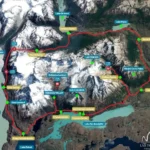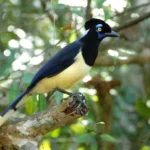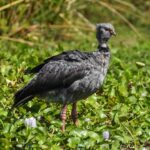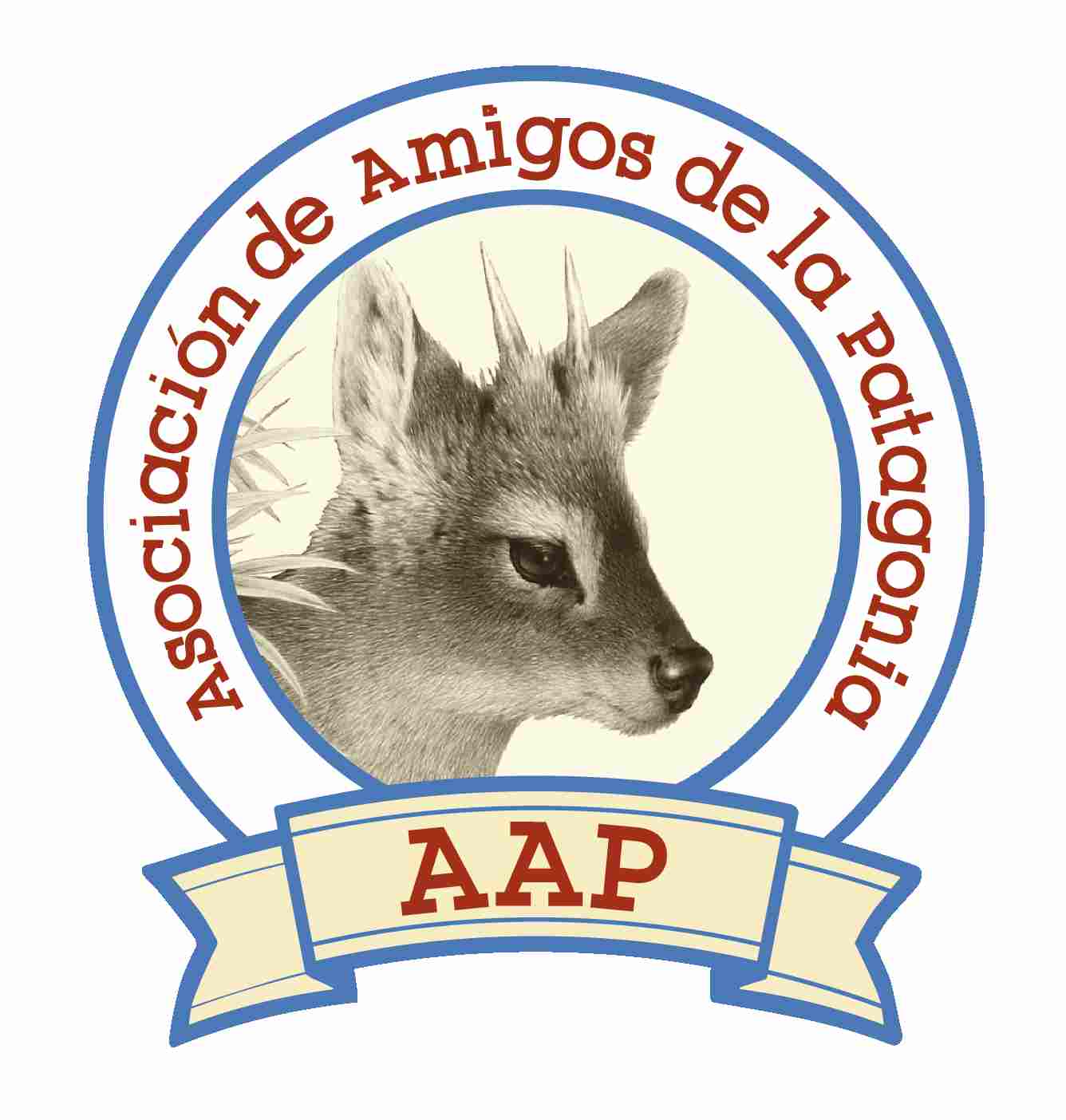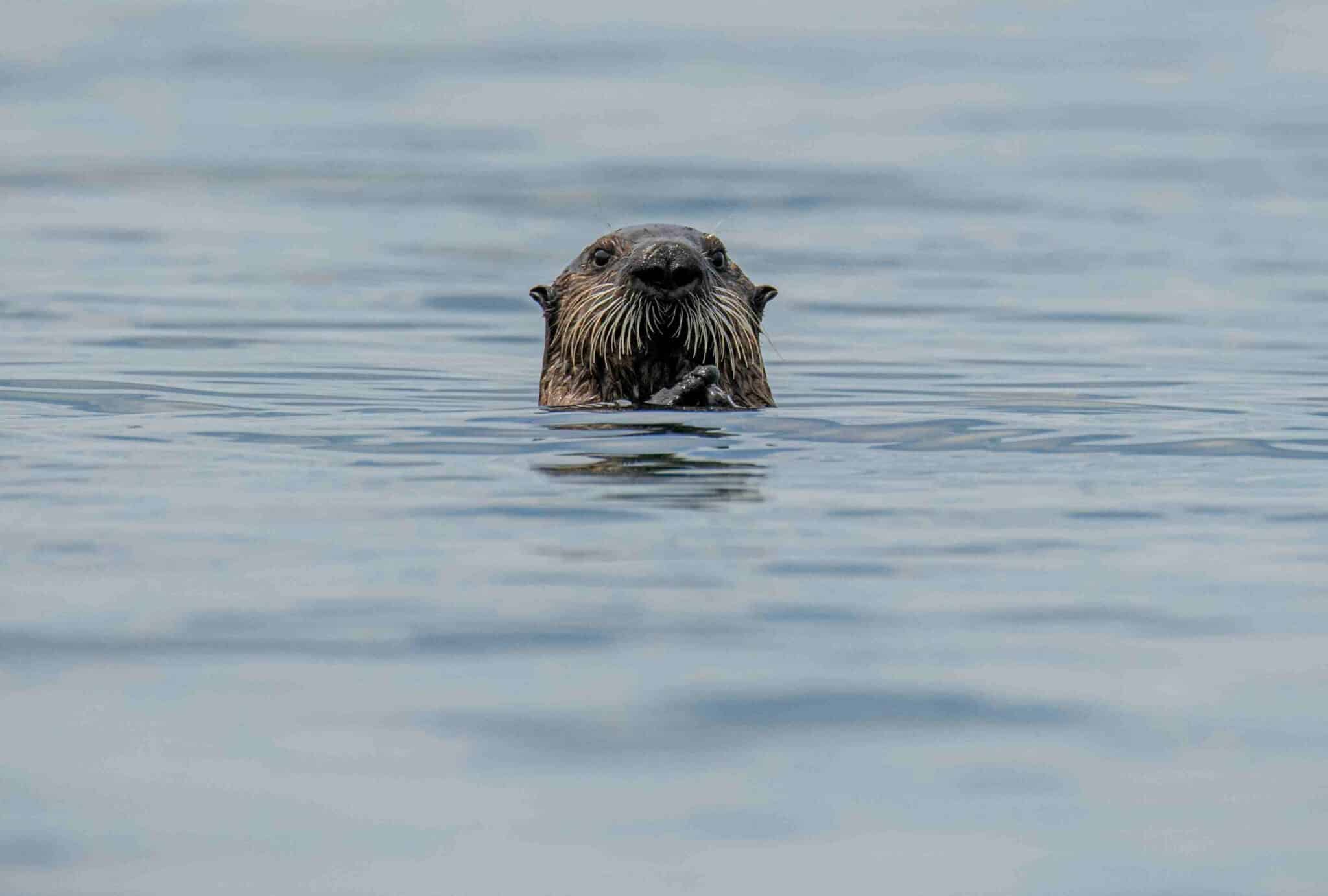
Beavers in Tierra del Fuego: The Invasive Species Problem
Beavers might seem cute and harmless, but in Tierra del Fuego, they’ve turned into a huge issue. Introduced from North America in the 1940s, these industrious rodents have wreaked havoc on the local ecosystem. In this article, we’ll explore how beavers became an invasive species in Tierra del Fuego, the damage that this has made, and what’s being done to manage the situation. We’ll also touch on other invasive species like the American bison and feral horses (baguales) that pose similar challenges.
The Beaver Invasion: Humans did it again!
How Beavers Ended Up in Tierra del Fuego
Back in the 1940s, about 50 beavers were brought to Tierra del Fuego to start a fur trade industry. It seemed like a good idea at the time, but it didn’t pan out. The fur ended up being not useful for commercial purposes. It’s not clear if it was because of the type of beaver, or if it was because the “attractive fur” was produced only in areas where they had natural predators (and the fur as a way of protection). The people in charge of the Beavers set them free in Tierra del Fuego, and they reproduced quickly and spread out of control, because they didn’t have any natural predators and the environment was also very suitable for them to stay.
Environmental Impact: Beavers Wreaking Havoc
Destruction of Forests and Waterways
Beavers are natural engineers, building dams and lodges out of trees and branches. In Tierra del Fuego, they’ve taken down massive areas of native forests to build their structures, which has led to significant habitat destruction. The beavers’ dams also alter water flow, flooding areas and changing the natural landscape, which affects local plants and animals.
Efforts to Control the Beaver Population
What’s Being Done to Manage the Beaver Problem
Various strategies have been implemented to control the beaver population, including trapping and removal programs. These efforts aim to reduce the number of beavers and mitigate the environmental damage they cause. However, it’s a tough job due to the remote and rugged terrain of Tierra del Fuego.
Moreover, activists are against killing Beavers, because in fact, they’re not guilty neither responsible for this situation. Humans are. However, all agree that some solution needs to be found.
On the other hand, as a curious fact, the name of the main ski resort of Tierra del Fuego is “Cerro Castor” (Beavers Hill), and there are several wildlife excursions that aim to spot them (and their dams) into the wilderness.
Other Invasive Species in Tierra del Fuego
The American Bison: Another Invasive Challenge
The American bison was introduced to Tierra del Fuego in the late 19th century. Similar to the beaver situation, these large herbivores have no natural predators and have caused significant damage to the local grasslands and forests by overgrazing and trampling vegetation. It seems that they also eat the eggs of endemic birds such as the “Cauquén” .
Baguales (wild cows/bulls): Wild and Destructive
Baguales roam freely in Tierra del Fuego. These animals are descendants of the cattle that was released by the ranches that are not operative any more. Nowadays, gather them is not profitable, because they are spread around a vast territory. They compete with native species for resources and can cause serious damage to fragile ecosystems.
Something similar happened with the Wild Horses, but their impact is not so big.
Why Invasive Species Are a Big Deal
Understanding the Broader Impact
Invasive species like beavers, American bison, and Baguales, disrupt the balance of local ecosystems. They can outcompete native species for food and habitat, leading to declines or even extinctions of native plants and animals. This can have cascading effects on the entire ecosystem, affecting everything from soil health to water quality.
Raising Awareness of this problem in Tierra del Fuego
The story of beavers in Tierra del Fuego is a classic example of how introducing a non-native species can spiral out of control. While efforts are ongoing to manage the beaver population and mitigate their impact, it’s a challenging and ongoing battle. The situation with beavers also highlights the broader issue of invasive species and the importance of protecting native ecosystems from similar threats in the future.
Tierra del Fuego’s battle with invasive species is a reminder of the delicate balance within our ecosystems. As we continue to address these issues, it’s crucial to support conservation efforts and promote awareness about the impact of invasive species on our planet.
Wildlife tours in Argentina and Chile
We’re a travel agency based in Argentina that offers custom tours in Argentina and Chile, and part of our sustainability principles, is to help strengthen regional economies. Particularly, those committed in taking care of the environment. We invite you to explore some of our tours:
Cruise Ushuaia to Punta Arenas
Whale Watching in Peninsula Valdes & Puerto Madyrn
Peninsula Mitre trekking expedition
Let’s start planning your next experience!
0





